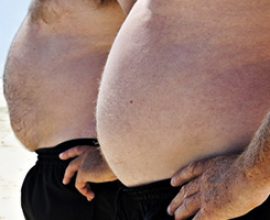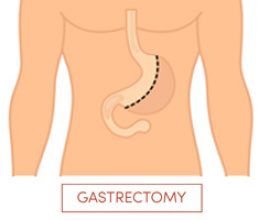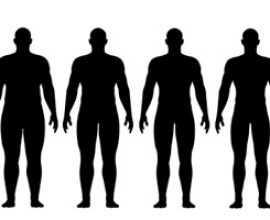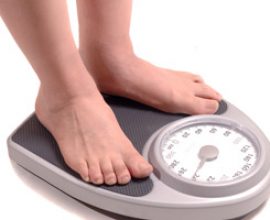Stocking Your Kitchen for Post-Surgery Success
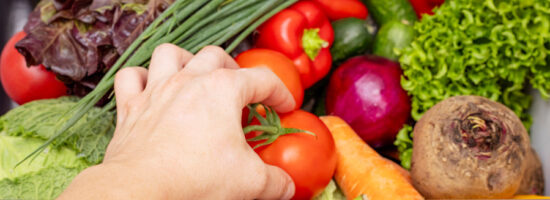
Sleeve gastrectomy, also known as the gastric sleeve procedure, is a weight loss medical procedure in which about 85% of the stomach is removed. This limits the amount of calories a person can easily eat, while mitigating hunger as well.
Eating and Weight Loss After Surgery
Of course, the gastric sleeve surgery is only the beginning. The point of undergoing the procedure is long-term weight loss. If you have opted for a sleeve gastrectomy, your goal is to achieve a healthier, happier life by losing weight.
But losing weight, even after getting gastric sleeve surgery, is not something that simply happens automatically. A question that may naturally have occurred to you is how your eating habits will have to change. What should you be looking for when you go to the grocery store? How should you fill your kitchen after surgery?
Stocking a Kitchen Post-Surgery
In the initial phase after your surgery, you will be strictly limited in what you can eat. This is to allow your body time to fully recover from the procedure, which will help minimize risk for complications. Gastric sleeve surgery is a safe, minimally invasive procedure, but it is vital to follow the dietary guidelines closely.
For the first week following your procedure, you will need to consume the same clear liquid diet you had to follow before going into surgery. That means consuming things like broth, sugar-free protein shakes, and sugar-free Jell-o. Only decaf coffee or tea is allowed. Gatorade or Powerade can be useful for fighting dehydration. No carbonated liquids can be consumed. Anything with sugar in it must be avoided.
The second week post-surgery requires a full-liquid diet. The selection of what you can safely consume now broadens. Among the foods you can eat are instant breakfast drinks, fat-free yogurt, sugar-free nutrition shakes, thin soups, and thinned oatmeal. But remember that sugar, caffeine, and carbonated beverages are still not allowed.
In the third week you can begin eating soft, pureed foods. That includes protein sources such as fish, just as long as pureeing is possible. Tofu, soup, hummus, mashed bananas, soft-boiled eggs, and tofu are some of the foods to consider. Continue avoiding foods with significant seasoning or spices, as well as any food solid in texture or high in fat.
Week four is when you can start eating solid foods again. Well-cooked vegetables, fish, and chicken are now okay, though avoiding meat that is hard to digest (such as steak) is still important. Foods with lots of fat, sugar, or carbohydrates (such as pasta) must still be avoided. Fruit and cheese are acceptable. For all foods, chew slowly and carefully.
Long-Term Eating Strategies
Past week four, restrictions on what you can eat are removed. But now is when discipline is needed more than ever. You will need to establish new, permanent habits of eating. This is when stocking your kitchen can get tricky, if you aren’t careful. It’s all too easy to slip back into old, damaging habits.
The essential rule is to follow the basic principles of healthy eating. While you can now consume some sugar, you should keep it to a minimum. Foods with lots of sugar (such as sweets and desserts) should almost never be eaten. Your diet should emphasize vegetables and lean, nutritious sources of protein. Avoid foods rich in fat. Ditto for empty calorie foods, such as junk food snacks. Minimize consumption of processed foods, anything fried, and fast food. Avoid alcohol, since gastric sleeve surgery can strengthen its effects.
Adopting new, healthy habits is certainly a challenge. Grocery shopping the right way is important to success!
Related Posts
5 Risks of Obesity
How Sleeve Gastrectomy Works
The Advantages of Orbera
Are You a Candidate for Sleeve Surgery?
Contact Info
3420 Bristol St #700, Costa Mesa, CA 92626, USA
Orange Location
1310 W Stewart Dr. Suite 310, Orange, CA 92868, USA
*DISCLAIMER
In compliance with 16 CFR 255 and Federal Trade Commission Guidelines on the use of endorsements and testimonials in the marketing and advertising of websites:
The testimonials, statements, and opinions presented on our website are only applicable to the individuals depicted, and may not be representative of the experience of others. The testimonials are voluntary provided and are not paid, nor were they provided with free products, services, or any benefits in exchange for said statements. The testimonials are not indicative of future results or success of any other individuals. South Coast Specialty Surgery Center cannot and does not guarantee the medical outcome or the results of individuals utilizing the services provided by us or the providers in our network, or from any of the websites we link, or refer to. The testimonials and endorsements found on the site for the benefit of the site or individual services or procedures are, to the best of our knowledge, the true statements and beliefs of the individuals providing them. In short, surgery involves risk, results may vary, and outcomes are not guaranteed.
Some pages of this website may feature a depiction of a model showing emphasis of the torso. Product names may be mentioned in testimonials or elsewhere, and are trademarks or registered trademarks of their respective holders. Please refer to our Terms and Risks of Surgery pages for more information. Gastric Sleeve Surgery Centers performs Gastric Sleeve Surgery in Orange County, San Diego, Los Angeles, Riverside County and other location in Southern
California.

